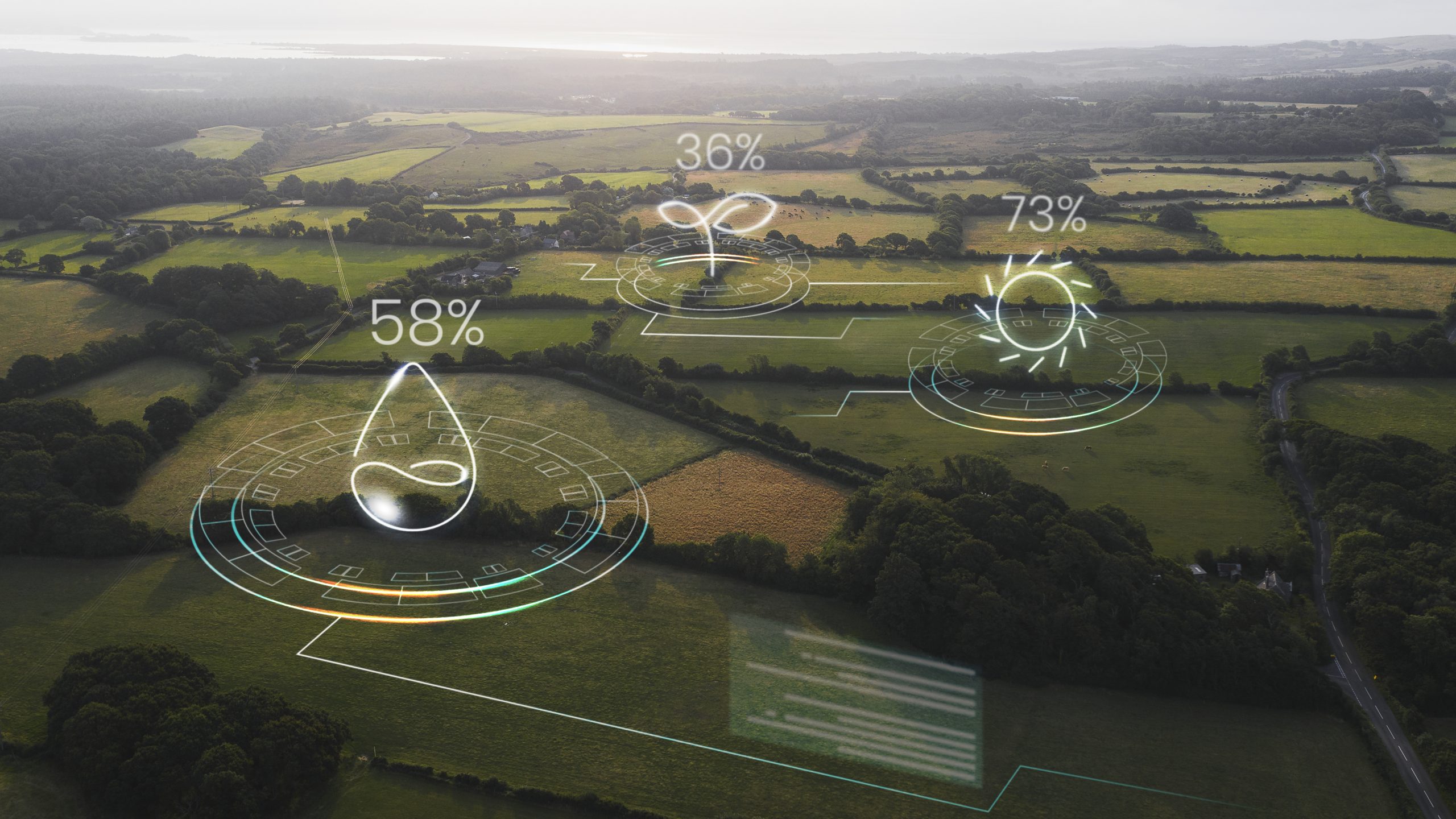
With the global population expected to reach a staggering 9.7 billion by 2050, the demand for food production has never been more critical. To ensure that this growing population is adequately nourished, food production needs to increase by a staggering 70%. However, limited farmland, scarcity of fresh water, and the unpredictable nature of climate conditions pose significant hurdles to traditional farming methods. As a result, the agricultural industry is turning to innovative and sustainable techniques to overcome these obstacles and meet the increasing demand for food. One such groundbreaking advancement is smart farming, also known as precision farming or precision agriculture, which leverages cutting-edge technologies to revolutionize agricultural practices.
In this article, we will delve into 10 essential aspects of smart farming that you need to know about and how it is transforming the agricultural landscape.
1. Maximizing Crop Yield
Smart farming optimizes crop yield through the use of advanced sensors, drones, and satellite imagery. Farmers can monitor various real-time parameters such as soil moisture, nutrient levels, and electrical conductivity. This enables them to make data-driven decisions and adjust irrigation and fertilizer application to maximize productivity.
2. Resource Utilization Optimization
Efficient resource utilization is a crucial aspect of sustainable agriculture. By deploying automated systems such as smart irrigation, smart fertilizer, smart pesticide, and variable rate technology, farmers are able to precisely apply water, fertilizers, and pesticides, minimize waste and reduce environmental impact. Farmers no longer make important decisions based on intuition rather than precise mathematics.
3. Enhance Crop Quality
By using data to optimize inputs and target specific farm areas, farmers can monitor, improve crop health and identify potential issues early on. They can produce quality crops with improved taste, appearance, and nutritional value by closely monitoring and controlling growing conditions. This leads to higher market value, better consumer satisfaction, and increased profitability.
4. Cost Savings
Smart farming can generate substantial cost savings for farmers by optimizing inputs and minimizing waste. For instance, farmers can save water and reduce associated costs by using sensors to monitor soil moisture levels and adjust irrigation accordingly. Additionally, by minimizing the application of pesticides and fertilizers, farmers can save costs on these inputs and reduce their environmental footprint.
5. Automation and Robotics
Automation is essential to smart farming, streamlining labour-intensive tasks and increasing efficiency. Automation and robotic systems are used for various activities such as seeding, irrigating, fertilizing, weeding, and harvesting. This automation reduces reliance on manual labour while improving precision and speed. As a result, automation revolutionizes farm operations by making them more scalable and cost-effective.
6. IoT and Connectivity
Internet of Things (IoT) is used in smart farming to transmit real-time data from connected devices and sensors to centralized platforms, allowing farmers to monitor and control farm operations remotely via smartphone, laptop or tablet from anywhere in the world. This connectivity facilitates quick response time, early detection of issues, and seamless integration between various farming components.
7. Data-Driven Decision Making
Smart farming technologies utilize sensors, satellites, and other data sources to collect valuable information about land and crops. This data enables farmers to gain insights into production levels, crop conditions, water usage, moisture levels, soil pH, humidity, temperature, light intensity, nutrient levels and others. Farmers can make informed decisions regarding their crops by analyzing this data, including crop rotation, irrigation, fertilization, pest control, and resource allocation. This data-driven approach optimizes efficiency, increases productivity, and reduces waste and costs.
8. Environment Sustainability
Smart farming promotes sustainable agriculture by minimizing chemical usage, reducing water wastage, and adopting eco-friendly practices. This helps mitigate climate change impacts by optimizing resource utilization and reducing gas emissions.
9. Predictive Analytics
Farmers are able to utilize sophisticated algorithms and machine learning methods to analyze vast amounts of data collected from sensors, weather stations, and historical patterns. This data-driven approach enables farmers to predict crop growth, disease outbreaks, and optimal harvest times accurately.
10. Increase Business Efficiency
Automation process can increase business efficiency by reducing existing manual intervention such as irrigation, fertilization and pest control to ensure optimal resource utilization. Automated systems can monitor and regulate processes based on real-time data, enabling timely decision-making and proactive problem-solving, leading to a more resilient operation.
Transforming agriculture for a better future. Smart farming is the way forward. As we move toward a sustainable and food-secure future, embracing smart farming practices becomes paramount for farmers, policymakers, and stakeholders alike. By harnessing the potential of smart farming, we can create a more productive, environmentally friendly, and economically viable agricultural landscape. Explore our REDtone Smart Farming solutions to discover how we can help you achieve these benefits.











